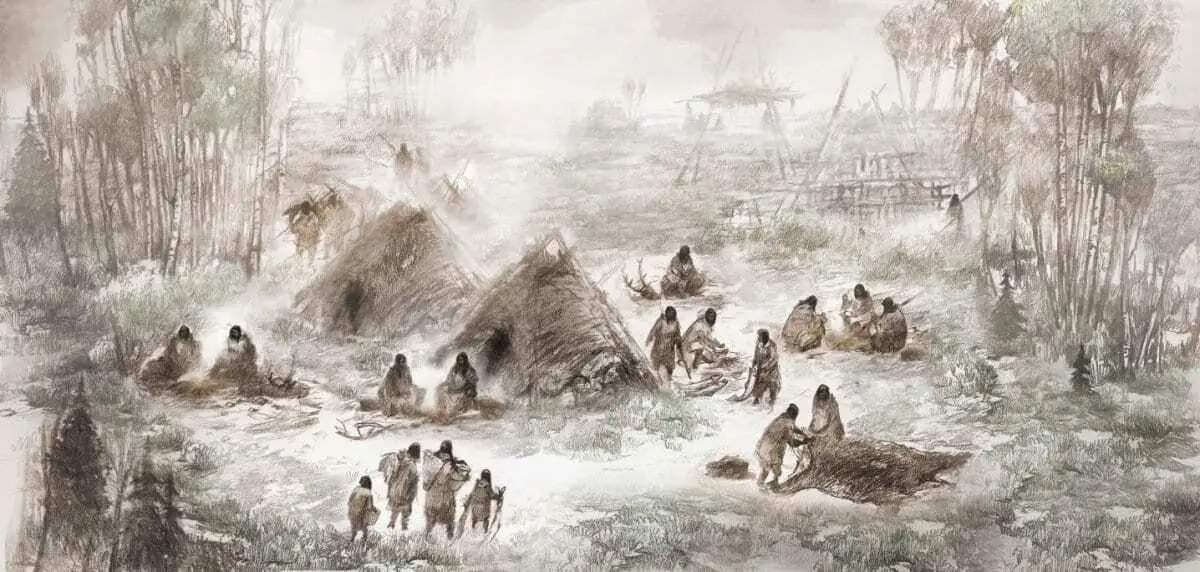DNA studies on the ancient remains of an infant discovered in Alaska has revealed a new group of native population previously unknown to scientists.
The group now designated “Ancient Beringians”, originates from a single founding ancestral Native American group that split from East Asians around 35,000 years ago.
Around 20,000 that group divided again into the Ancient Beringians and the general ancestors of all other Native Americans.
Anthropology Professor Ben Potter of the University of Alaska Fairbanks said: “We didn’t know this population existed. This data also provides the first direct evidence of the initial founding Native American population, which sheds new light on how these early populations were migrating and settling throughout North America.”
Studies on the ancient infant (named “Xach’itee’aanenh T’eede Gaay” – sunrise girl-child) and another female burial (named “Ye?kaanenh T’eede Gaay” – dawn twilight girl-child) found on the same archaeological site have shown that they lived approximately 11,500 years ago and were closely related.
“It would be difficult to overstate the importance of this newly revealed people to our understanding of how ancient populations came to inhabit the Americas,” Potter said. “This new information will allow us a more accurate picture of Native American prehistory. It is markedly more complex than we thought.”
The discovery also opens further discussion on the possible scenarios for the ancient migration to the New World. One suggesting that two distinct groups crossed the Beringian land before 15,700, the other scenario being that the people crossed as one group but then split, with the general Native Americans moving south of the ice sheets 15,700 years ago.
The studie also suggests that the Ancient Beringian people remained in the Far North for thousands of years, while the ancestors of other Native American peoples spread south throughout the rest of North America. The Alaskan Athabaskans moved north around 6000 years ago, and either absorbed or displaced the Ancient Beringian populations.
“These findings create opportunities for Alaska Native people to gain new knowledge about their own connections to both the northern Native American and Ancient Beringian people.”
Header Image – A scientific illustration of the Upward Sun River camp in what is now Interior Alaska. CREDIT Illustration by Eric S. Carlson in collaboration with Ben A. Potter







